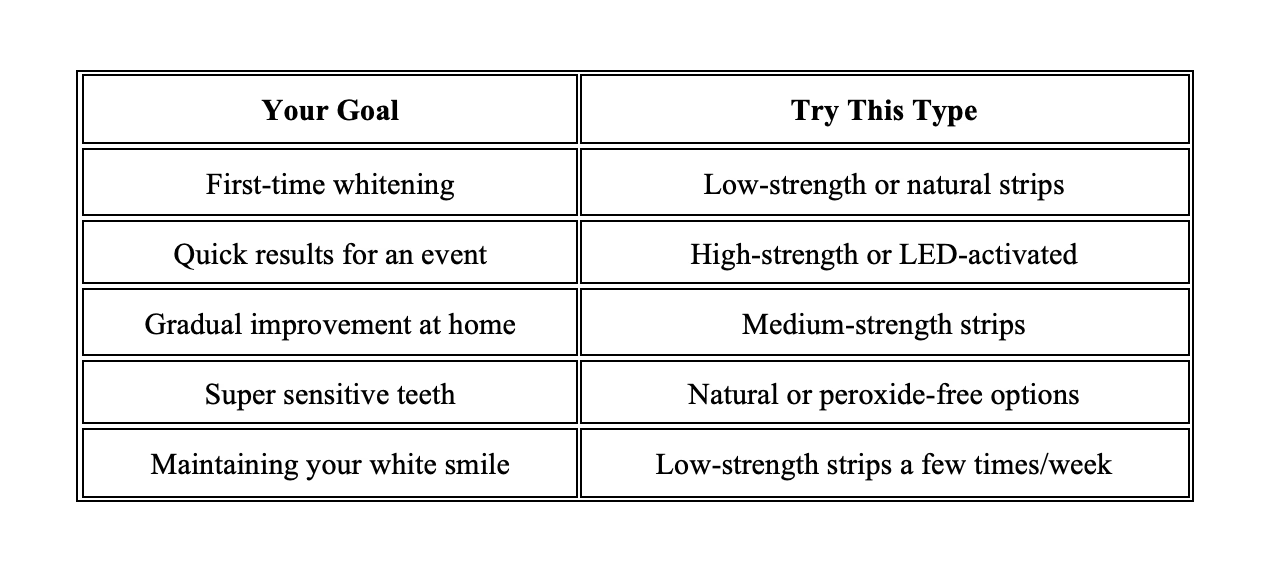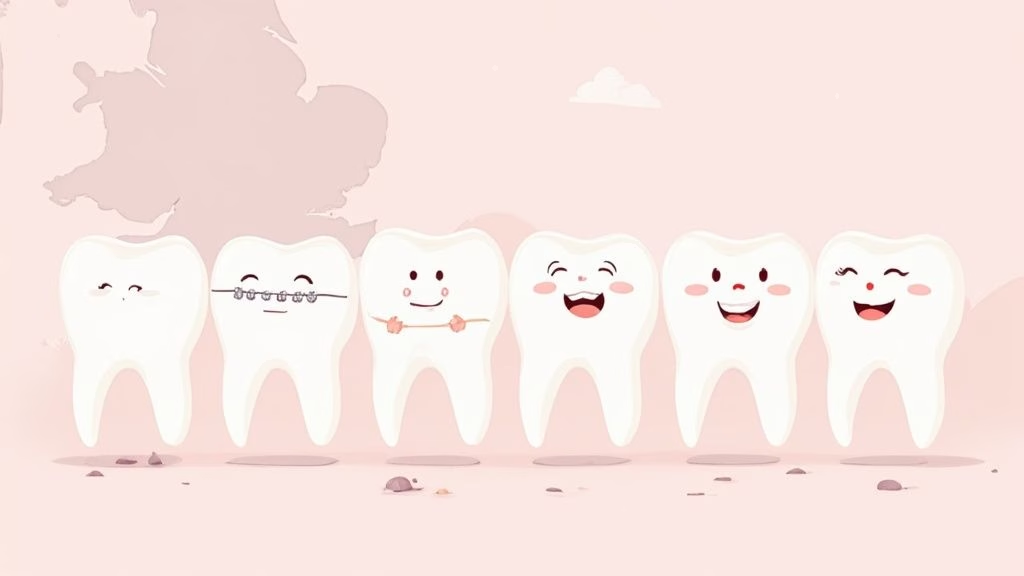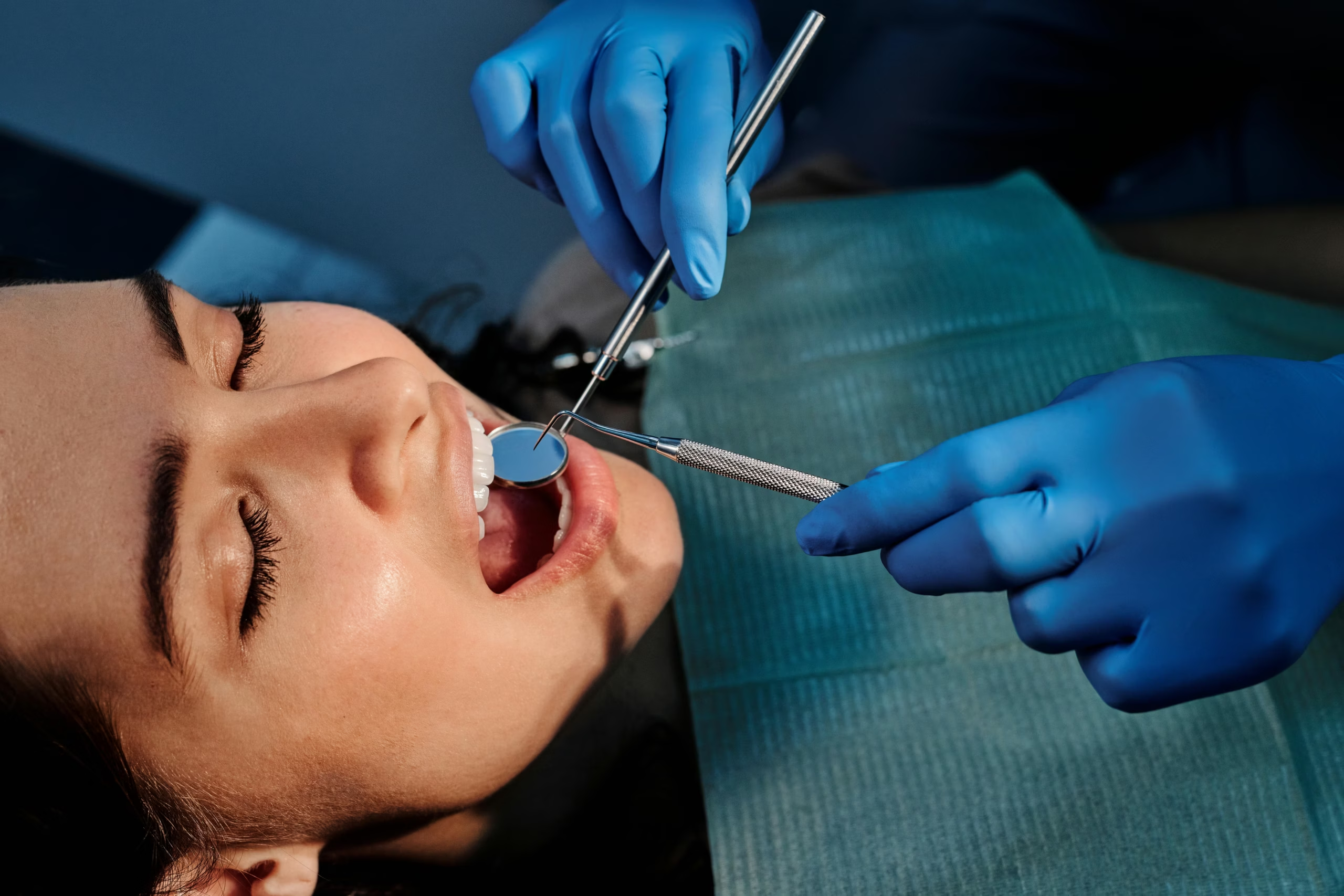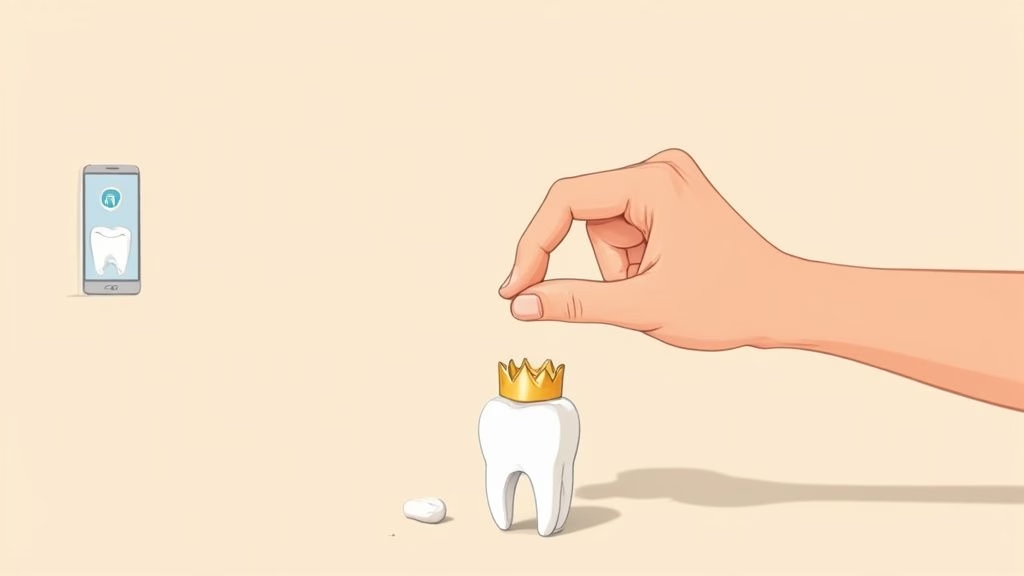A Brighter Smile, One Strip at a Time: Your Guide to Teeth Whitening Strips

If you’re dreaming of a whiter, brighter smile without spending hours in a dental chair, whitening strips are probably on your radar. They’re discreet, affordable, and easy to use — but did you know not all whitening strips are created equal?
Let’s dive into the different types of teeth whitening strips, how they work, and how to choose the right ones for your teeth and lifestyle.
1. Low-Strength Whitening Strips (Everyday Maintenance)
Best for: First-time users, people with sensitive teeth, or those maintaining previous whitening results.
These strips usually contain 2–6% hydrogen peroxide or similar whitening agents. They’re gentle on enamel and designed for daily use over a longer period (e.g. 10–14 days).
Pros:
✅ Minimal sensitivity
✅ Great for gradual, subtle whitening
✅ Often budget-friendly
Cons:
❌ Takes longer to see visible results
❌ May not work on deeper or older stains
Look for: Strips labelled “gentle” or “for sensitive teeth”
2. Medium-Strength Whitening Strips (Most Popular Option)
Best for: Those wanting visible results at home without going too intense.
These typically have 6–10% hydrogen peroxide and offer a great balance between effectiveness and comfort. You’ll start seeing results in 3–7 days.
Pros:
✅ Noticeable improvement in a short time
✅ Can lift common stains from coffee, wine, and food
✅ Still fairly gentle with proper use
Cons:
❌ May cause mild tooth sensitivity for some
❌ Requires consistent daily application
Look for: Strips that mention “professional-level results” or “dentist-approved” for home use
3. High-Strength Whitening Strips (Power Users Only!)
Best for: People looking for fast, dramatic results — especially before an event.
These contain 10–16% hydrogen peroxide (or equivalent) and are sometimes only available through dental professionals or regulated retailers. They’re powerful, so follow the instructions exactly.
Pros:
✅ Whiter teeth in just a few applications
✅ Can tackle deeper stains
✅ Often used in conjunction with professional kits
Cons:
❌ Increased risk of tooth or gum sensitivity
❌ Not ideal for sensitive teeth or daily use
❌ Requires careful handling to avoid gum contact
Look for: Products with warnings about sensitivity or use-time limits — and never overuse!
4. Natural or Peroxide-Free Whitening Strips
Best for: People looking for a more holistic or gentle alternative.
These strips use ingredients like baking soda, activated charcoal, coconut oil, or papaya extract to lift surface stains — without peroxide.
Pros:
✅ Great for sensitive teeth
✅ Safer for longer-term use
✅ Often vegan or eco-friendly
Cons:
❌ Results are mild and take time
❌ Won’t remove deep-set stains
Look for: Strips labelled “peroxide-free” or “natural whitening”
5. LED-Activated Whitening Strips
Best for: People who want to enhance the effects of their whitening routine.
These strips are used with a small LED mouthpiece that activates the ingredients and speeds up the whitening process. The LED itself doesn’t whiten teeth but boosts the effectiveness of the whitening gel.
Pros:
✅ Faster results
✅ Fun, techy experience
✅ Often combined with medium or high-strength ingredients
Cons:
❌ More expensive than regular strips
❌ May still cause sensitivity depending on ingredients
Look for: Kits that come with a trusted LED light brand or dental backing
So, Which Strips Are Right for You?

Last updated on April 25, 2025

Toothfairy Care Team
Toothfairy, is the world's smartest dental app, that connects patients to a dentist for a range of issues, from emergencies, cosmetics, prescriptions to virtual exams.
Toothfairy Care Team
Toothfairy, is the world's smartest dental app, that connects patients to a dentist for a range of issues, from emergencies, cosmetics, prescriptions to virtual exams.





